All about the Chinchilla Bunny
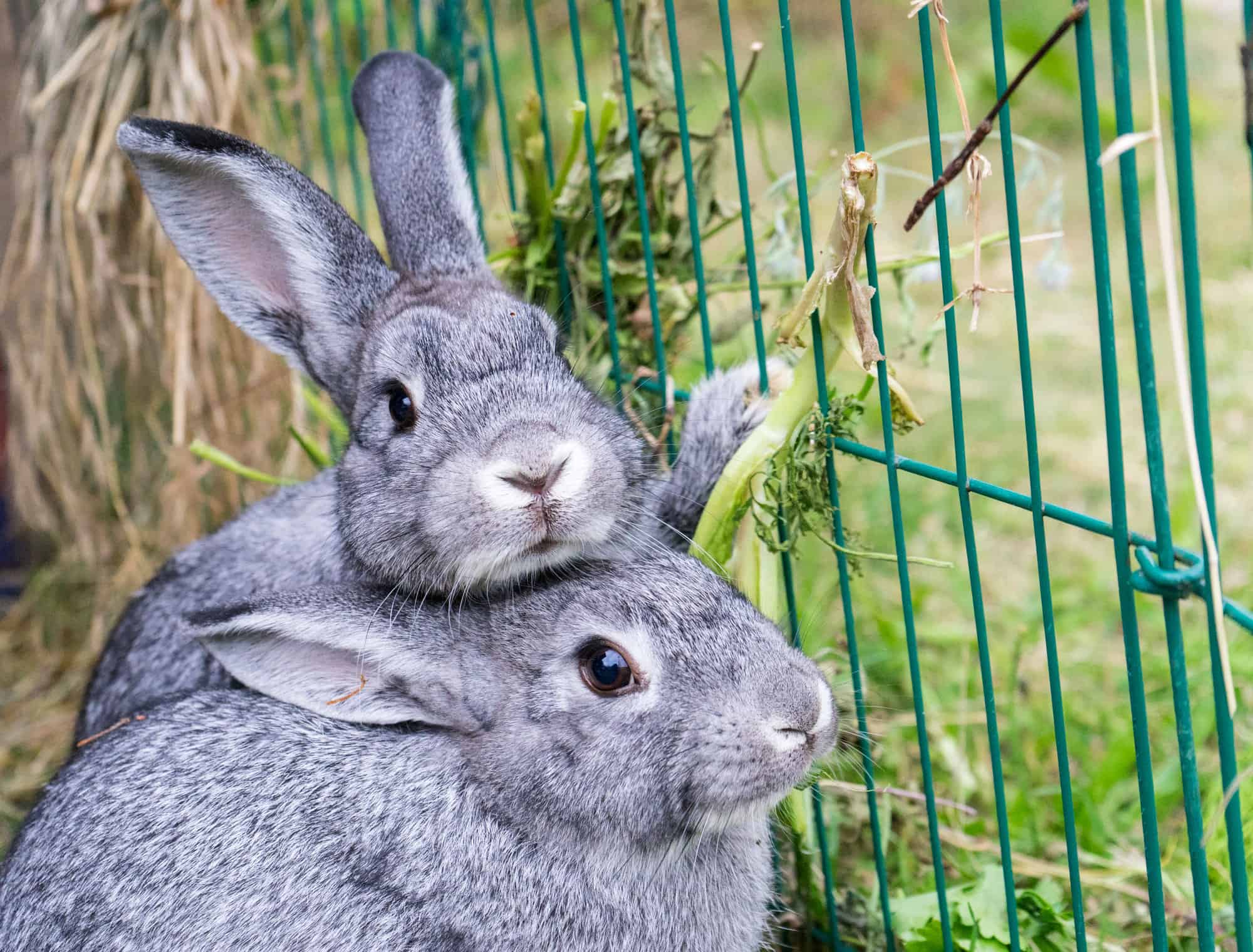
Soft, gorgeous, and oh, so huggable, that’s what Chinchilla rabbits are. Known for their extremely soft coats that come in lovely shades of grey, rabbits from this breed make wonderful pets even for first-time fur parents. Are you thinking of getting one? Read all about the Chinchilla bunny and discover how it can enrich your life.
What’s a Chinchilla Bunny?
Don’t confuse this bun breed with another animal called Chinchilla, which is a rodent and does not belong to the rabbit family. The two Chinchillas have something in common, though, and that’s their fur color.
The Chinchilla rabbit is a medium-sized bun with a short, thick and soft coat, which is mostly grey. Because of the length of its hair, this is an easy-to-maintain breed when it comes to its grooming requirements (the netherland dwarf, black otter rex and other rex breeds are similar in grooming). A Chinchilla bun’s friendly nature also makes it a perfect pet for almost everyone, even for families with small children.
History
The breed originated in France during the early 1900s. Initially produced for its meat and gorgeous coat, the Chinchilla bunny quickly became the rabbit of choice for U.S. and European breeders.
This bun type started as just one breed. However, interbreeding produced other varieties that still bore the Chinchilla breed’s genes. The original Chinchilla became known as the Standard Chinchilla. Later on, different Chinchilla types developed from the Standard Chinchilla.

Different Kinds
Although all these varieties were offshoots of the Standard Chinchilla, each type is recognized in its own right by the American Rabbit Breeders’ Association (ARBA). Each kind also has its own Standard of Perfection criteria.
The Standard Chinchilla Rabbit
This is the original Chinchilla bun produced in France by Monsieur M.J. Dybowski, a French engineer and rabbit breeder. All the other Chinchilla varieties descended from the Standard Chinchilla rabbit. This bun type gained official recognition in 1924.
The American Chinchilla
The Standard Chinchilla rabbit made its way to the U.S. and was introduced at the New York State Fair in 1919. Two gentlemen, Edward Stahl and James Harris, bought all the buns sold at the fair and then bred the largest rabbits to create a bigger rabbit type. Once called the Heavyweight Chinchillas, they later became known as American Chinchillas. This variety is the rarest among the Chinchilla rabbit types and is on the list of threatened breeds.
The Giant Chinchilla
1921 saw the emergence of the Giant Chinchilla rabbits. They were produced by crossing the existing American Chinchillas with the Flemish Giant. They got ARBA’s recognition in 1928.
Traits
Like all rabbit breeds, Chinchilla buns have characteristic traits that set them apart from other rabbit types.
Coat
Chinchilla bunnies are easily distinguished by their soft fur that rolls back to its original position when stroked in the opposite direction. Short to medium in length, the coat requires minimal maintenance, requiring only bi-weekly brushing during molting season.
Color
All Chinchilla rabbit types have one thing in common – their remarkable coat. The coat is dense and soft with guard hairs with light and dark black pigment bands. The ARBA states that buns from this breed must have the same color. That is, the coat should have a grey base, with the top part sporting a bluish-grey hue.
The eyes can be brown, blue-grey, or marbled. However, show-quality Chinchillas should have dark brown eyes.

Temperament
Their friendly, even-tempered nature makes Chinchilla bunnies great pet choices for almost everyone. First-time rabbit owners won’t struggle with maintenance chores or deal with excessive aggressive behaviors like growling or biting. Getting Chinchilla buns used to being handled from birth will help turn them into ideal pets.
Size
The weight the Chinchilla rabbit reaches in adulthood varies according to its type.
- The Standard Chinchilla: The bucks (males) reach a weight of around 5-7 pounds while the does (females) will usually weigh between 5.5-7.5 pounds.
- The American Chinchilla: The bucks will weigh between 9 and 11 pounds, and the does between 10-12 pounds.
- The Giant Chinchilla: Bucks of this type will reach a weight ranging between 12 and 15 pounds, while the does usually reach a hefty 13-16 pounds in adulthood.
Lifespan
Chinchilla bunnies have a lifespan similar to other rabbit breeds, which is between 7 and 10 years. But you can add to the years you’ll enjoy your pet’s company by taking your bun to the vet for regular check-ups, providing him with a healthy diet (like plenty of hay and leafy greens), checking for signs of illness, and the like.
Care Requirements
The care you give your fur baby can help ensure you’ll have a happy and healthy bunny. Here’s what Chinchilla bunnies require.
Housing
Chinchilla rabbits, like other breeds of rabbits, both large, small and everywhere in between, can live indoors or outdoors. However, the extremes of heat and cold and the danger of predators, make outdoor housing not something we would recommend.
The enclosure should be large enough for your Chinchilla bunny to stretch out. It should be made of thick-gauge wires that your bun can’t chew. Lay out the bedding materials on plastic or metal bottoms. Spot-clean the bedding every day and replace it with fresh ones every week.

Diet
Like other rabbit breeds, give your Chinchilla bunny plenty of hay, which should comprise around 70% of his diet. Fresh leafy greens, some pellets, and small servings of fruits once or twice a week will help provide the nutrition he needs.
Some fruits and veggies have more vitamins and minerals that are good for rabbits, so it’s wise to give them more often. Others should be offered only occasionally. A small portion of bananas, for example, makes a delectable and nutrient-rich treat. Meanwhile, spinach contains oxalates, so you’ll need to give it sparingly to your Chinchilla bun.
Activity
Most rabbit types love to play. They also love to chew. So make sure your bun has some toys to keep him occupied. Providing chew toys can lessen the risks that your fur baby will chew up the carpet or walls. In addition, playing with toys stimulates your pet’s mind and reduces boredom. Just make sure that you get rabbit-safe playthings.
After knowing all about the Chinchilla bunny, we hope that you’re in a better position to decide whether to welcome one into your home or choose another breed. Anyway, whatever bun type you choose, we’re sure you’ll get plenty of affection from your loving animal companion.
We hope you enjoyed this post! If you did, will you give it a share or two 🙂 Thank you! ~from Every Bunny Welcome

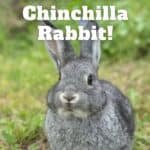
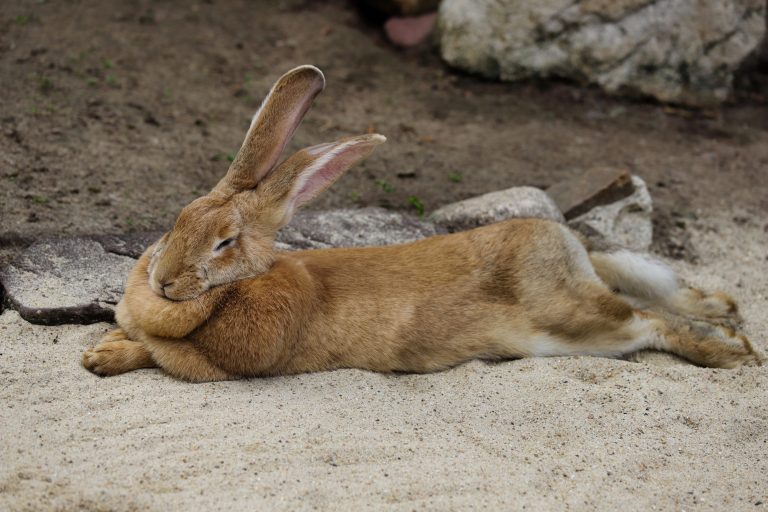
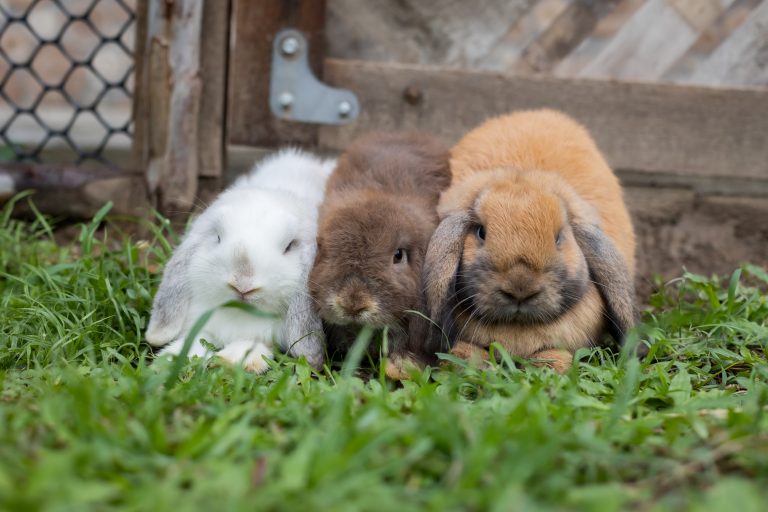
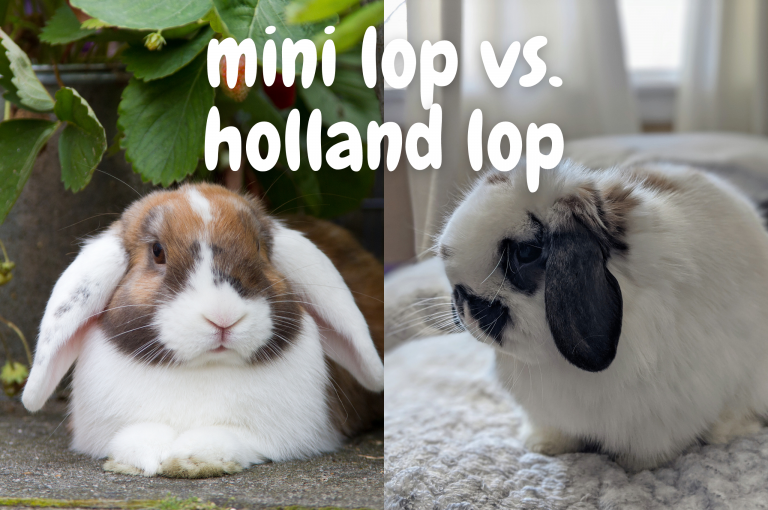
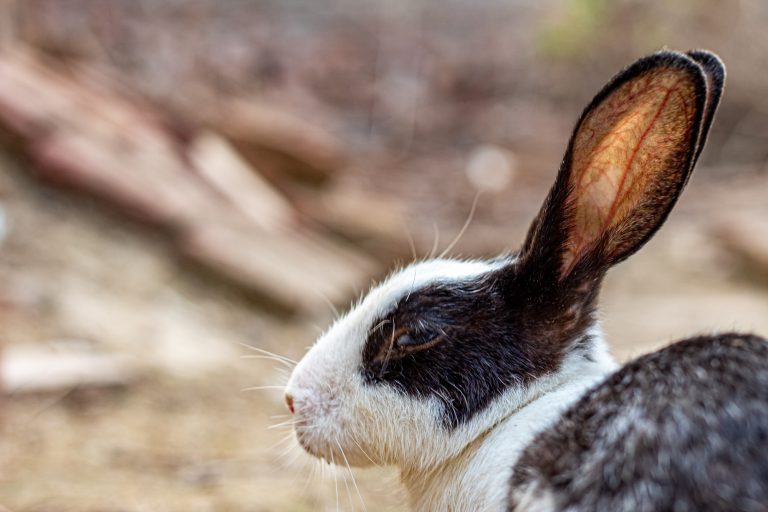
![Angora Rabbit Facts [Updated 2022]](https://everybunnywelcome.com/wp-content/uploads/2022/01/angora-rabbit-facts-768x512.jpg)

My family has a chincella. (Boy). We find it hard to find a vet to give him shots Ect. Our bunny Carlos now has an eye infection we live in Castro valley ca. 94546. Can you help us find a local vet give good quality care
Hi Josephine,
I missed your comment here – I don’t know first hand of the vets in your area, but there were a few that came up when I searched for it. Hope you’ve found someone!
~Christine
Great article. I just adopted one. She seems to fit the American Chinchilla. She’s about 10 pounds and adorable.